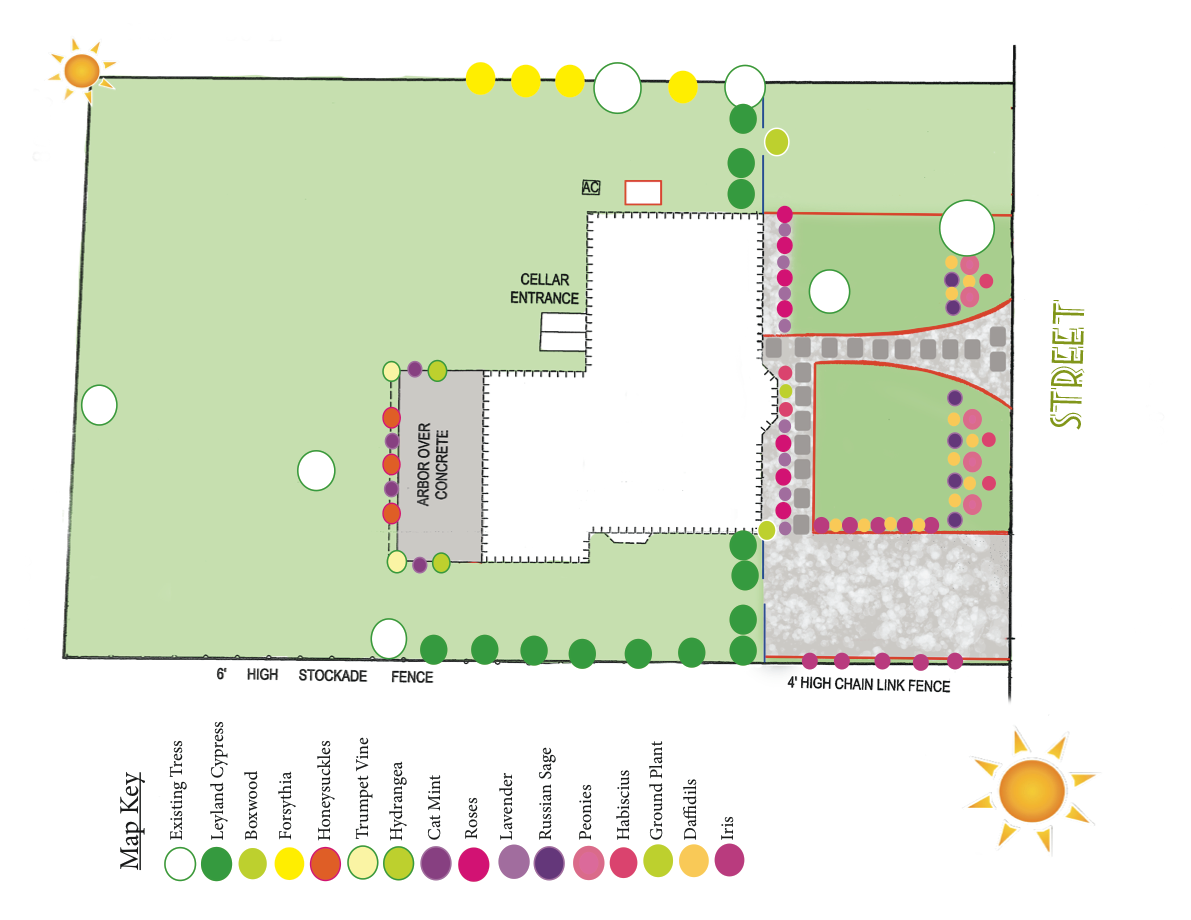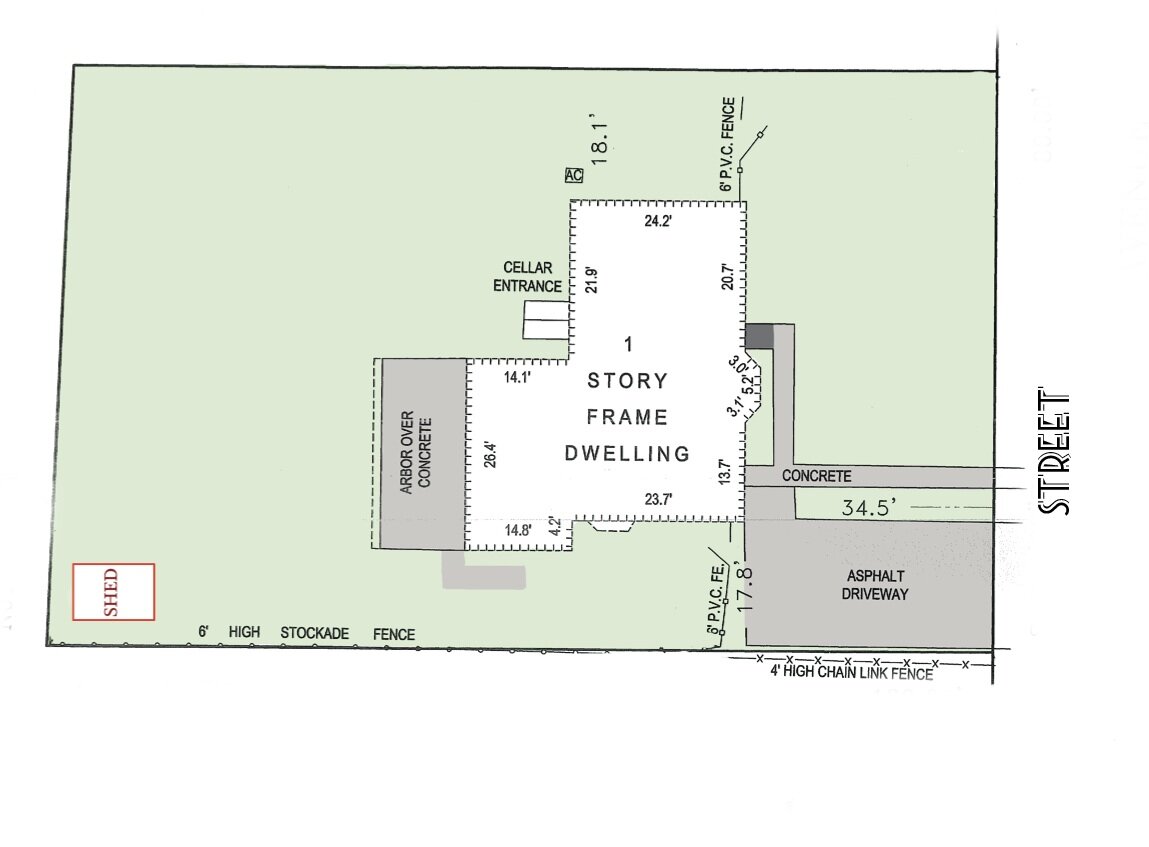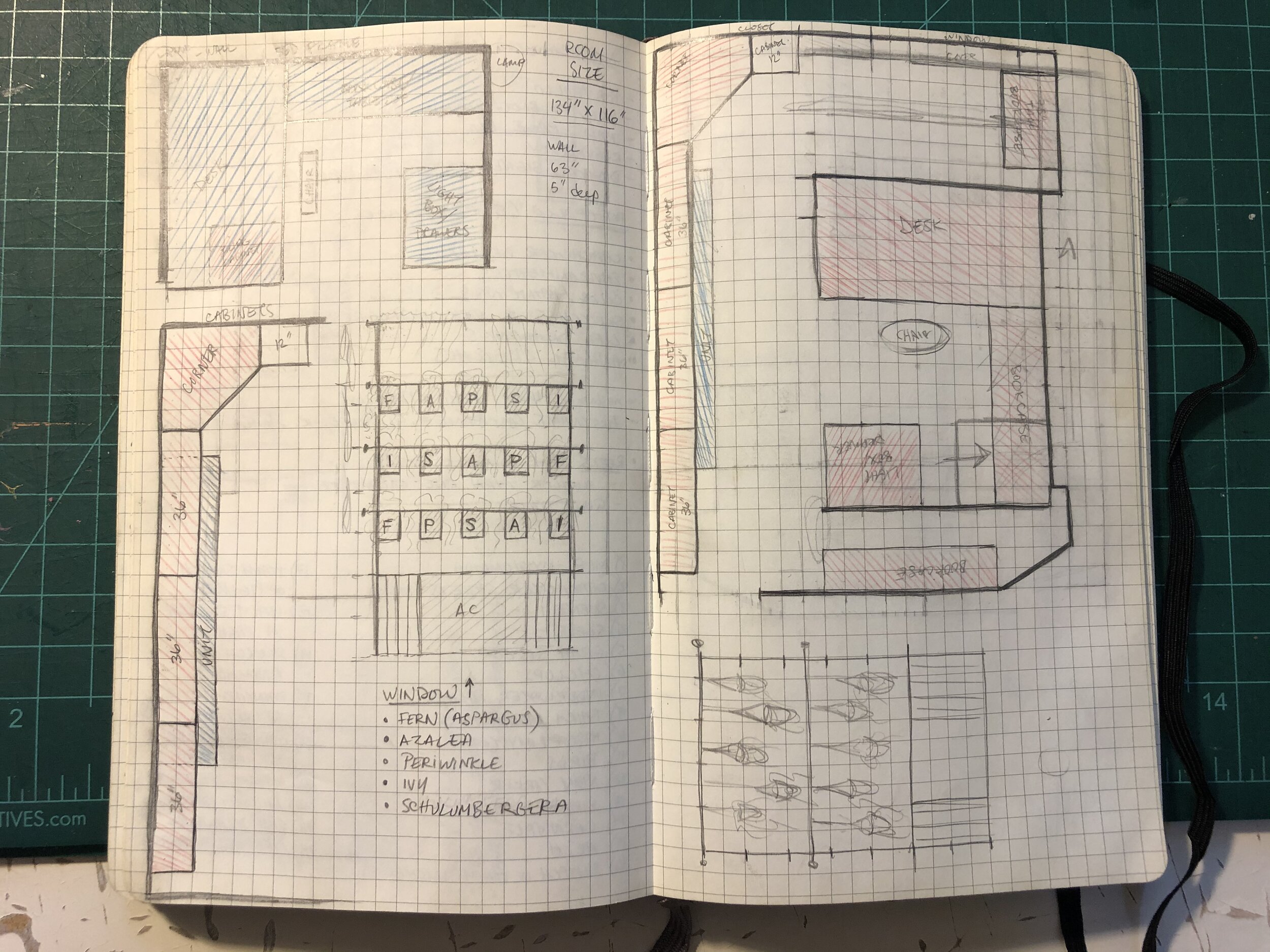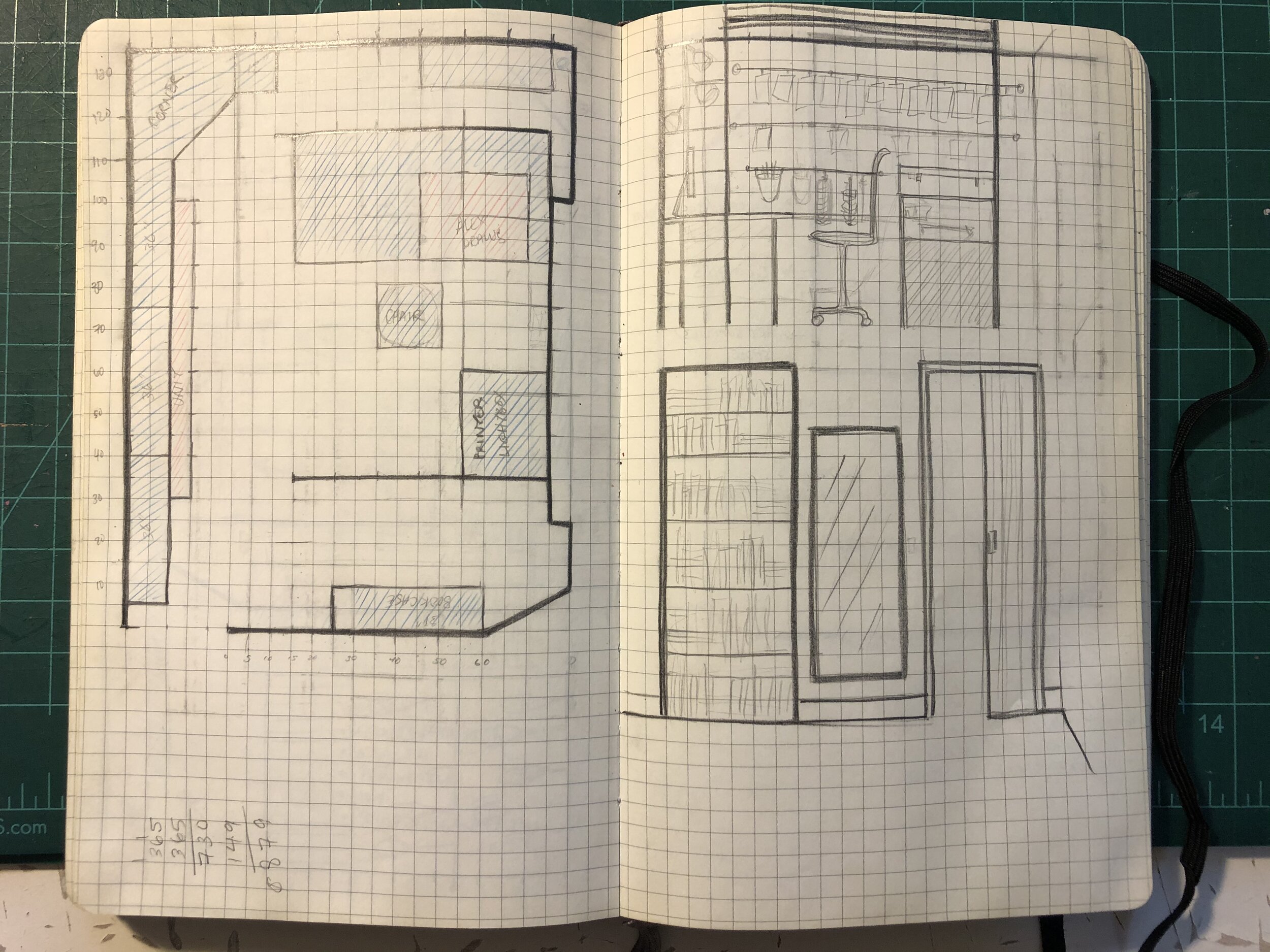“Think left and think right and think low and think high. Oh, the thinks you can think up if only you try”
-Dr. Seuss (1975)”




How do you use Design Research in your everyday life?
A good design always involves good research. Something in my daily life that utilizes the principle of Design Research is interior/exterior design.
Coming back home after college (undergrad), I needed studio space in order to get my freelance work done. Living in a small apartment in New York City with my family, this space also had to function as my bedroom.
My first design of the space was based on functionality, and mainly two needs: storage space, and surface space for sleep and work. With this in mind, I bought three main items: a shelving unit with drawers, a loft bed, and a work table. The shelving unit doubles as a drawer for clothes, and shelves for art supplies. The loft bed as a bed up top and workspace down below. Shown above are the first sketch designs of my studio space on Moleskin grid paper.
Working and interacting in the space gave me additional data on how the space functions in realtime, which allowed me to make revisions to the original design.
Currently, I’m working on designing the garden (exterior space) at my family's summer house. Shown above are some design sketches I did on Indesign. In the sketches, you can see I have not only the shape of the space but also where the sun rises and sets. This data will allow me to make informed decisions about where to place plants based on how much sunlight they need.
Simple Graphic of the Design Thinking Method
How would you use Design Research in the classroom?
“Typically, design thinking follows the pattern of empathize, define, ideate, prototype, and test. However, we’ve added a few stages, including a phase for inquiry and a final phase for launching your creation to the world...We use the acronym LAUNCH to describe the cycle. ”
Spencer, J. & Juliani, A.J. (2016). Launch: Using design thinking to boost creativity and bring out the maker in every student. San Diego, CA: Dave Burgess Consulting, Inc.
Design Research can be used to design curriculum as well as student projects using the principle of The Launch Cycle.
When I was in elementary school, my 5th-grade teacher allowed us to redesign the classroom space halfway through the school year. She asked us: what we like about the space and what we didn’t like about the space? Does the space work…what parts don’t work? Then as a class, we had to design the space to our liking and then break into teams to rearrange the room…”Launch it!”.
“As young people are given the opportunity to systematically design and make through a process of exploration, ideation, experimentation, and evolution, they become active learners who find voice, agency, and influence in the learning work they pursue.” (Design Thinking for Educators n.d.).”
In my middle school group work was the dominant model for learning. It was hoped that we would teach each other, unfortunately, this led to a tension between the “academically gifted” vs “non-academically gifted.” As a result, due to the lack of a launch cycle, students were not motivated to show or explore their own individual talents and skills. Some students were left feeling inadequate while others felt burdened.
Hopefully, we can bring more design research models into the classroom so every student feels their voice is heard and valued, and ultimately become active learners.



